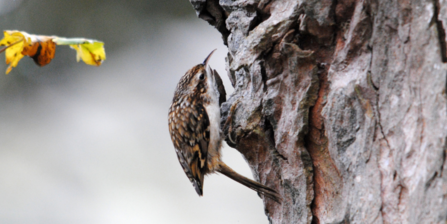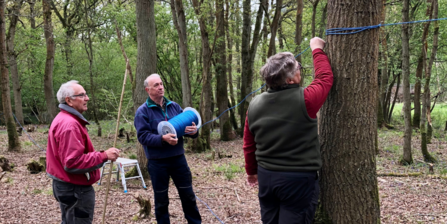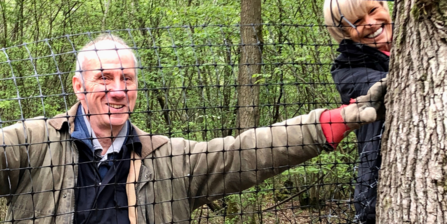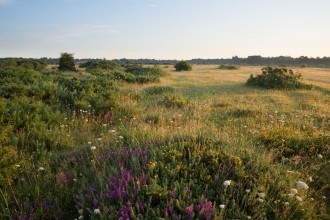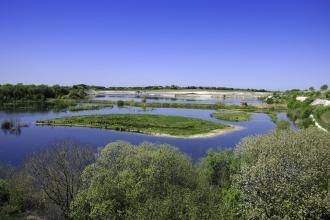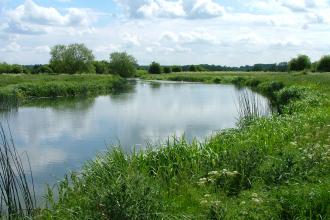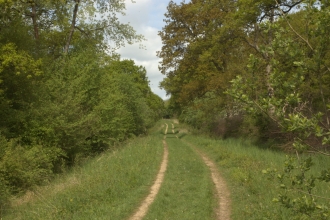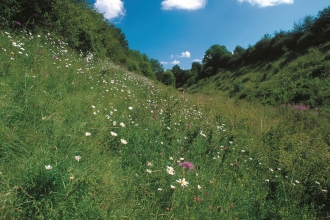May, how I love May when our senses are flooded with wondrous sights and sounds of the natural world. The bluebells enchant us once again, interspersed with greater stitchwort their magical carpet stretches far and wide. Common blue butterflies are on the wing and can be spotted in the open areas of the wood, and the opera of birdsong is reaching a crescendo.
I took my parents on our annual pilgrimage to see Finemere Wood’s bluebells. As we sat quietly together, soaking up the tranquil beauty, a movement caught my eye upon the trunk of a standing dead tree, a treecreeper (Certhia familiaris).



